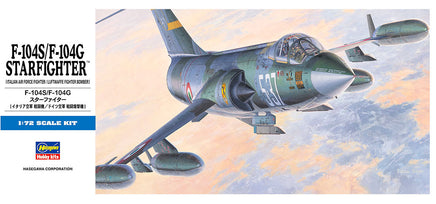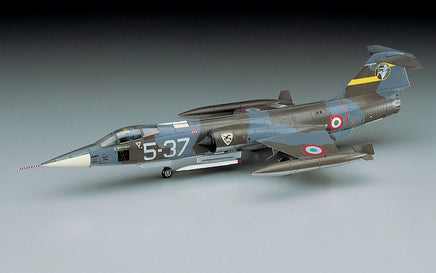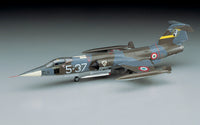The F-104 was developed as a supersonic air superiority fighter. With its compact, lightweight airframe and powerful engine, the F-104 could reach a maximum speed of Mach 2 and was considered at the time to be the last manned fighter aircraft.
However, as the U.S. Air Force's strategic direction changed, the F-104—being too small to accommodate systems like data links—was only deployed in limited numbers. That said, the F-104G variant, which featured a completely revamped suite of electronic systems centered around a new fire-control system and enlarged vertical stabilizer and rudder, was jointly produced in Europe. It was also manufactured by Lockheed and Canadair and used by NATO countries.
The F-104S, developed at the request of the Italian Air Force, was equipped with the J79-GE-19 engine producing 5,380 kg of thrust (8,120 kg with afterburner), enabling it to carry AIM-7 Sparrow missiles. Its radar was upgraded to the R-21G, enhancing its all-weather interception capabilities. Additionally, nine hardpoints were added to increase external weapon capacity and improve ground attack performance.
The F-104J and the two-seat F-104DJ, which were used by the Japan Air Self-Defense Force, were returned to the United States in 1985 and subsequently transferred to Taiwan.
Specifications:
- Crew: 1
- Wingspan: 6.69 m
- Length: 17.75 m
- Height: 4.11 m
- Maximum Takeoff Weight: 12,410 kg
- Engine: General Electric J79-GE-11A
- Thrust: 4,550 kg (7,170 kg × 2 with afterburner)
- Maximum Speed: Mach 2.0 at 21,200 m altitude
- Fixed Armament: M61 20 mm Vulcan cannon
- First Flight: February 28, 1954 (prototype XF-104)




